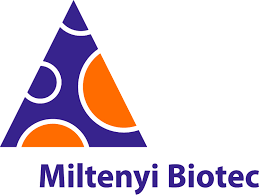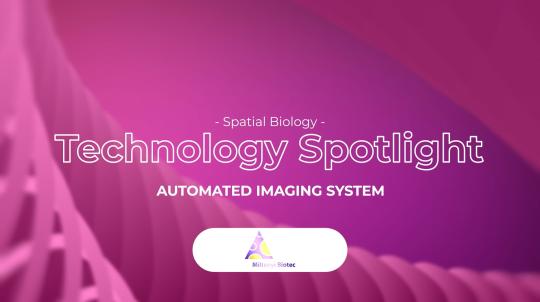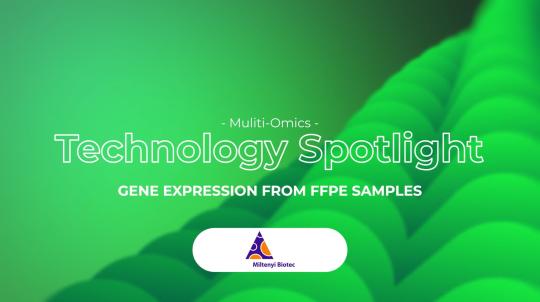Miltenyi Biotech is a successful solutions provider that aims to make cancer history by providing end-to-end research and clinical workflows, including sample preparation, data analysis, and visualisation. Chris Nehme, Lead Engineer at Miltenyi Biotechnology highlighted some of the company’s key offerings in the multiomics space including its MACSima platform and RNAsky technology. The talk outlined the basics of this tech and provided a case study on how it can be used to explore the tumour microenvironment.
Nehme described the MACSima platform as a very powerful and flexible tool designed for imaging tissue sections with hundreds of markers possible in subcellular resolution. The platform allows scientists to select ROIs relevant to their experiment, stain them, erase those stains, and then repeat the cycle over and over again. This approach is referred to as the MICS approach.
Nehme added that one could select almost any FFPE tissue sample, and perform sample preparation, then RNA and protein detection is performed which generates substantial data. The data is then analysed and visualised using the MACS iQ view software. Using this data, scientists can carry out a variety of spatial biology analyses including cell phenotyping, cellular neighbourhood analysis, cell-to-cell interactions, and functional states of cells.
RNAsky technology facilitates high-resolution, multi-cycle imaging of RNA and protein markers on the same FFPE tissue section. Combining RNAsky with hi-plex protein analysis has been very useful as a target application for transcriptomics and multiomics. For instance, this blend of methods allows researchers to cross-validate and upstream screening methods.
Touching on further applications of RNAsky, the team created a customizable RNAsky panel called the IO Explorer panel. The RNAsky showed strong reproducibility and correlation with other technologies like bulk RNA sequencing and single-cell RNA sequencing, demonstrating its effectiveness across different tissue types.
A study led by David Agorku used the MACSima platform to characterise colon cancer-associated fibroblasts (CAFs) and their interaction with T cells. They managed to identify 11 fibroblast populations, including a novel T cell inhibiting CAF (TinCAF) population. Digging a little deeper, these TinCAFs were found co-localised with immunosuppressive and exhausted T cells which solidify their role in tumour immune evasion.


